In order to understand contemporary curating within the context of a major exhibition, I visited Women in Revolt! Art and Activism in the UK 1970-1990 at Modern Two in Edinburgh. Touring from Tate Britain, I was lucky enough to have prior knowledge of this exhibition after attending a lecture from the lead curator Lindsey Young who took us through room by room not only the content but also the refinements and curatorial decisions that created the narrative of the exhibition. With the necessity of feminism established, the exhibition follows a chronological hanging with the works placed ‘as the female conversation flows’. The male gaze is not of consideration here, with the celebration of female community reflected in the constellation of credited feminist works.
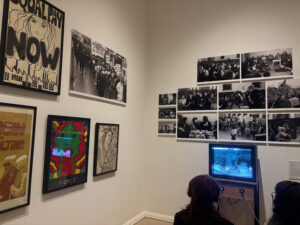
What interested me the most was the inclusion of postal art. Tactile and accessible, these works show the engagement of a network of conversations between women, all with the same collective consciousness of a need to make. The curation of this in the exhibition actually differed between the London and Edinburgh stagings, Young explained, with Edinburgh holding a greater volume of the works and making use of the pre-build archival cabinets situated in the rooms. The viewer observes the work as artefacts, acknowledging them as significant items instead of witnessing them as just something made. This firstly made me much more aware of the medium of conversation that is postal art, which I think should definitely have a revival, but also how you can focus the significance of an item within the gallery space. Furthermore, without discussing the work with the curator I feel like I might have overlooked that decision. The key moments for the exhibition for me have come from the idea of conversation and narrative, both through the supplementary talk and the framing of artworks.
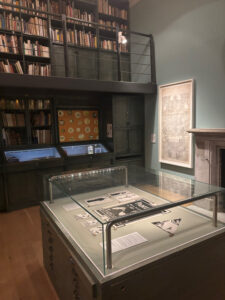
https://www.tate.org.uk/whats-on/tate-britain/women-in-revolt
https://www.nationalgalleries.org/exhibition/women-revolt-art-and-activism-uk-1970-1990
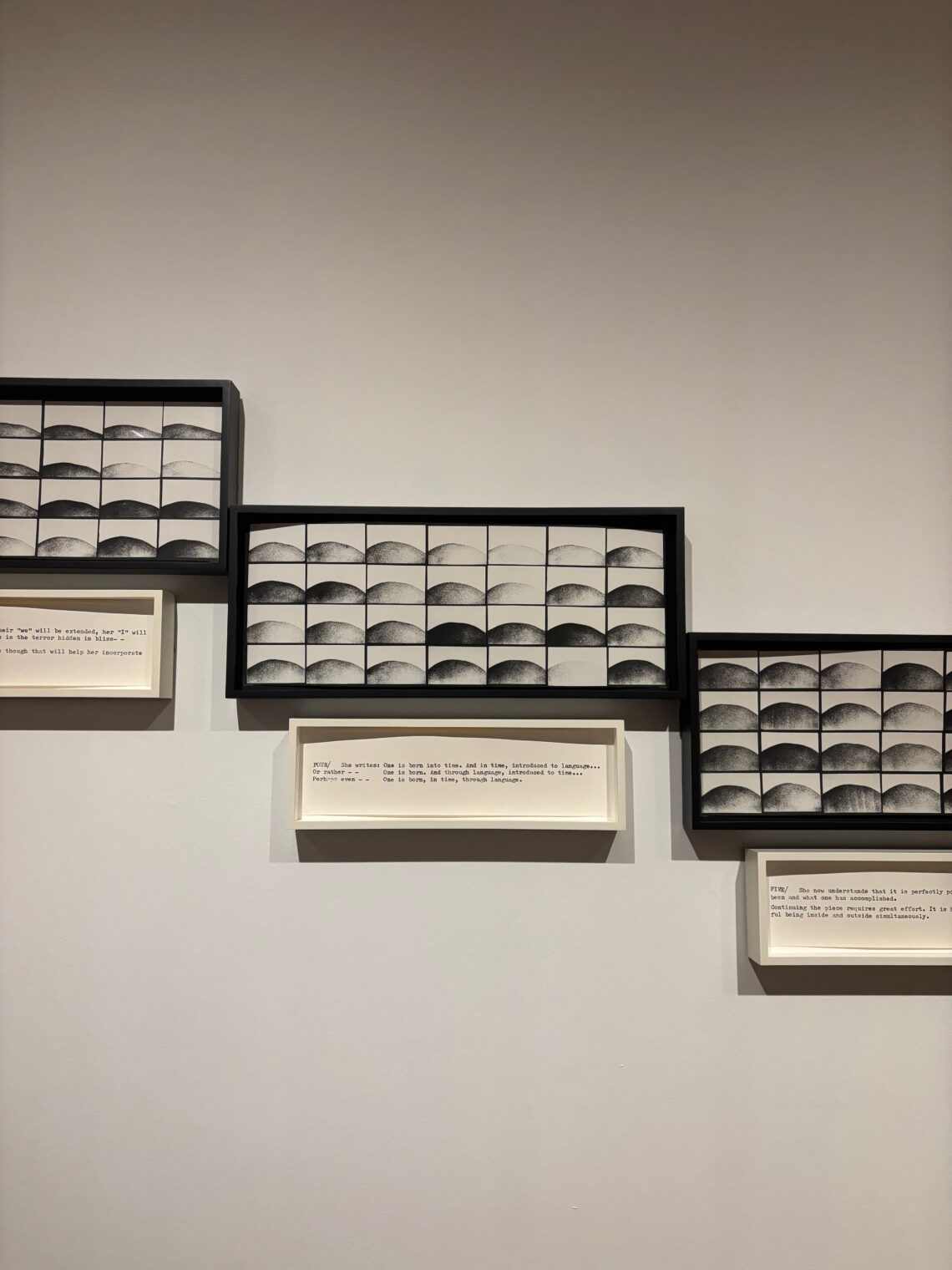



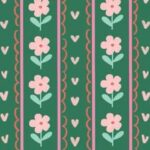

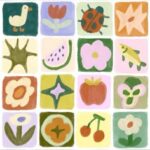

alewisj
6 February 2025 — 14:09
Your first blog post is well-written and insightful, and it clearly presents your initial idea, supported by references to Bernadette Corporation. The link you provided shows that you have researched the advantages and disadvantages of their approach. One of the articles discusses how their model may not be received in the same way as it was initially. It would be helpful to hear your critical reflections on this topic. Creating an environment that fosters dialogue is important to you. Deciding which format suits your ideas best will be a rewarding and exciting research project. Think laterally, push your idea and research the different formats that JL has laid out in her presentation.
The following post includes excellent illustrations. It’s wonderful that you attended the Women in Revolt exhibition, and it’s great to see you taking photographs of the artworks you liked. These photos will serve as valuable research for curating and potentially installing your own work. Attending Lindsey’s talk was great preparation, and hopefully, you can see the benefit of actively engaging in these lectures. Your realisation that conversation and narrative through supplementary talks frame that artwork is a great thing to learn and has clearly given you some thoughts about your own project. One question I have is, could there be a contemporary interpretation of ‘postal art’, possibly something that makes use of communicating over email or online?
Your third blog post clearly proves that you have been listening to the lectures and the group discussions. You contribute very well in these sessions, and it’s great to see this reflected in your blog. Your understanding of the dynamics of a collective is very well thought out and articulated. It’s also good to see your ideas developed and that you refer to your previous blog. This creates a clear sense of the development of your ideas. Reading your ideas, I am reminded of the video work made by Petra Bauer (https://www.collective-edinburgh.art/programme/petra-bauer-and-scot-pep-1). “She is concerned with the question of film as a political practice and sees it as a space where social and political negotiations can take place.” You may find that documenting the dialogues and producing a film could be a great format to explore.